Warning: Invalid argument supplied for foreach() in /home1/redcare1/public_html/wp-content/themes/uplift/swift-framework/content/sf-post-formats.php on line 89
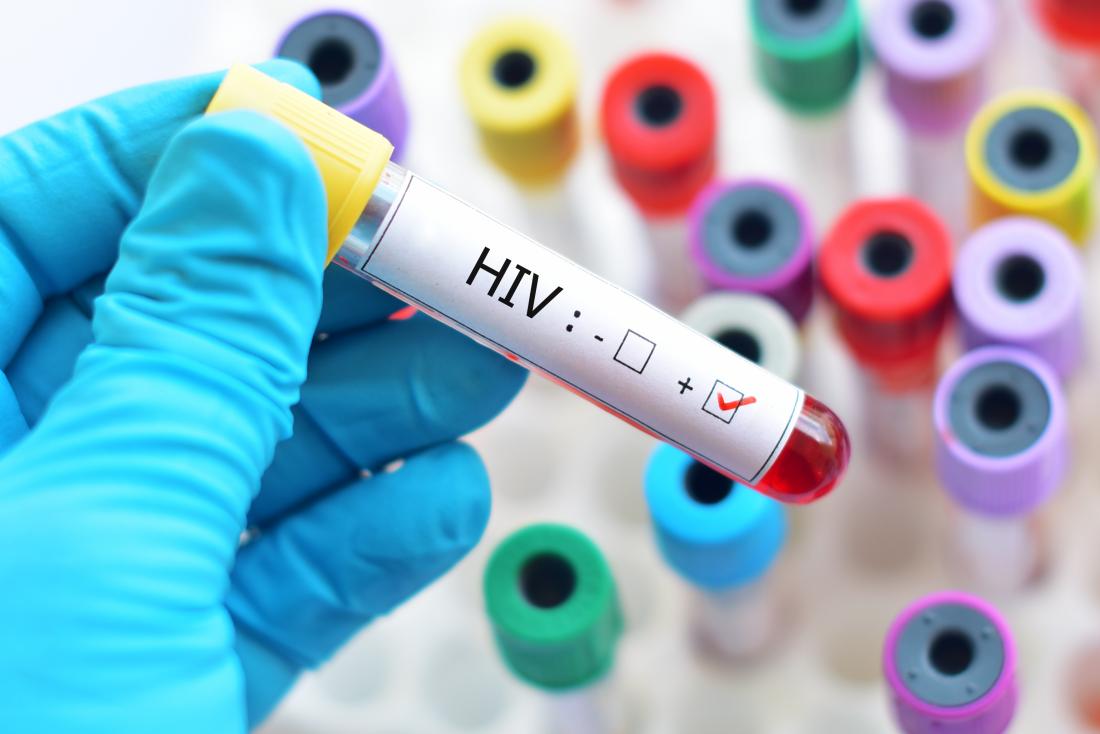
HIV/AIDS describes a spectrum of conditions caused by infection with the Human Immunodeficiency Virus (HIV). The virus itself typically has no direct pathological effect, but rather attacks the immune system of the body and allows the body to succumb to infections and diseases it would be able to normally fight.
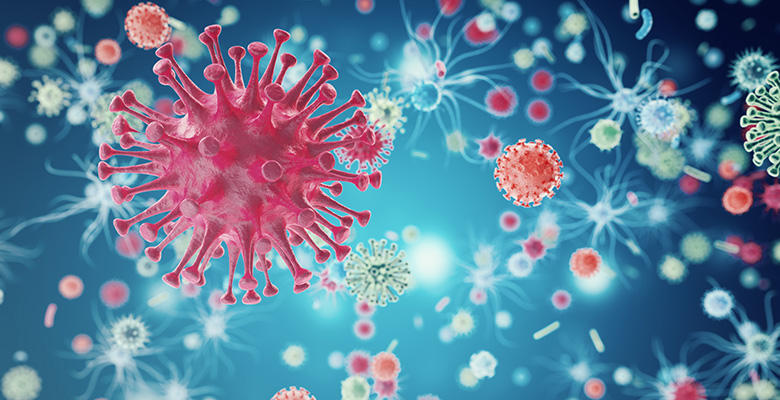
There are 2 strains of HIV – HIV 1 and HIV 2, the latter is mostly found in West Africa.
The scourge of HIV/AIDS is especially severe because there’s no definitive cure for the virus. About 35 million people worldwide live with the virus, and over 35 million deaths have resulted from the condition. Also, Sub-Saharan Africa remains the most severely affected region accounting for nearly two-thirds of the people living with HIV worldwide.
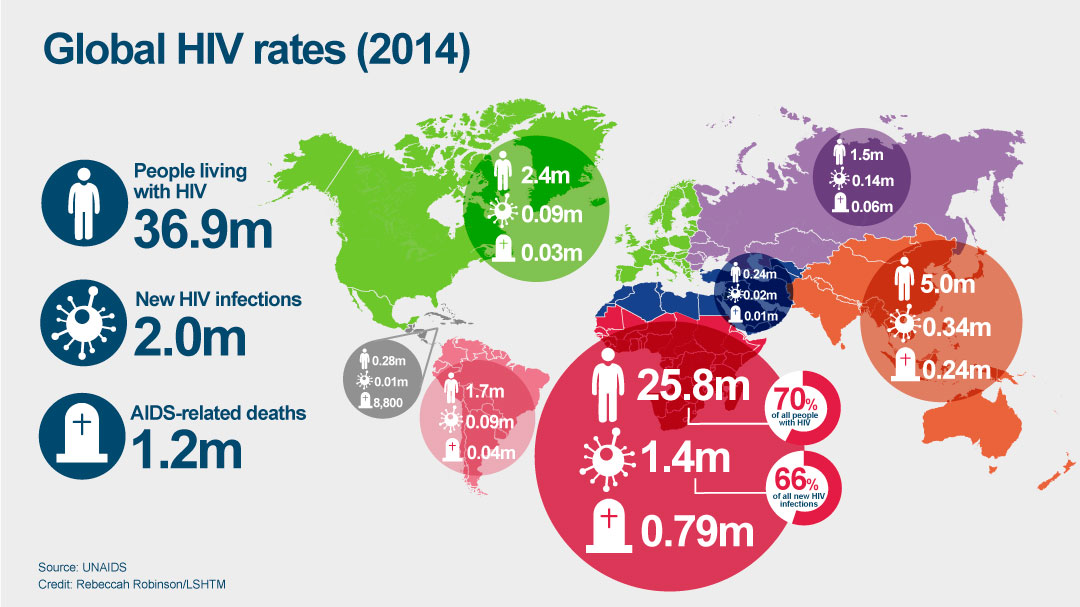
Risk Factors
Human Immunodeficiency Virus (HIV) is transmitted by three main routes:
- Sexual Contact – Including vaginal and anal intercourse. Most common route of transmission is through unprotected heterosexual intercourse
- Significant exposure to infected body fluid – Second most common mode of transmission is via blood and blood products. This can be through needle sharing during IV drug use, transfusion of contaminated blood or medical injections with unsterilized equipment
- Mother to child transmission – HIV can be transmitted from mother to child during pregnancy, childbirth, or through breast milk.
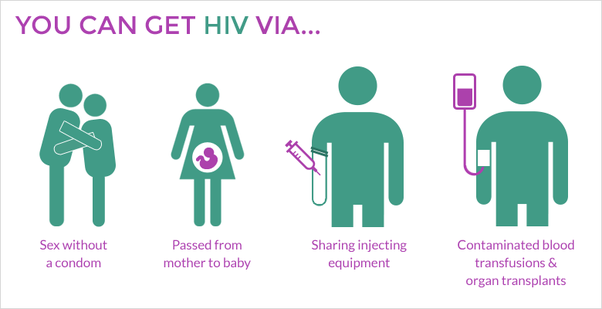
Signs and Symptoms
There are 3 main stages of HIV infection:
- Acute infection – this is the initial period following infection with the virus. Many individuals have no symptoms while others develop flu-like symptoms including fever, sore throat, headache, rash and/ or sores on mouth and genitals. They are non-specific symptoms and usually not recognized as symptoms of HIV
- Clinical latency – the next stage is latency. Without treatment, this stage lasts from about 3 years to 20 years. Generally, not many symptoms are present. Near the end of the stage, many people experience weight loss, muscle pains and abdominal abnormalities
- Full blown AIDS – this is marked by a massive drop in white cell count and presence of different opportunistic conditions. Drastic weight loss, oral thrush, and infections caused by bacteria, viruses and fungi that the body would have controlled normally. People with AIDS also have an increased risk of developing various viral-induced cancers.
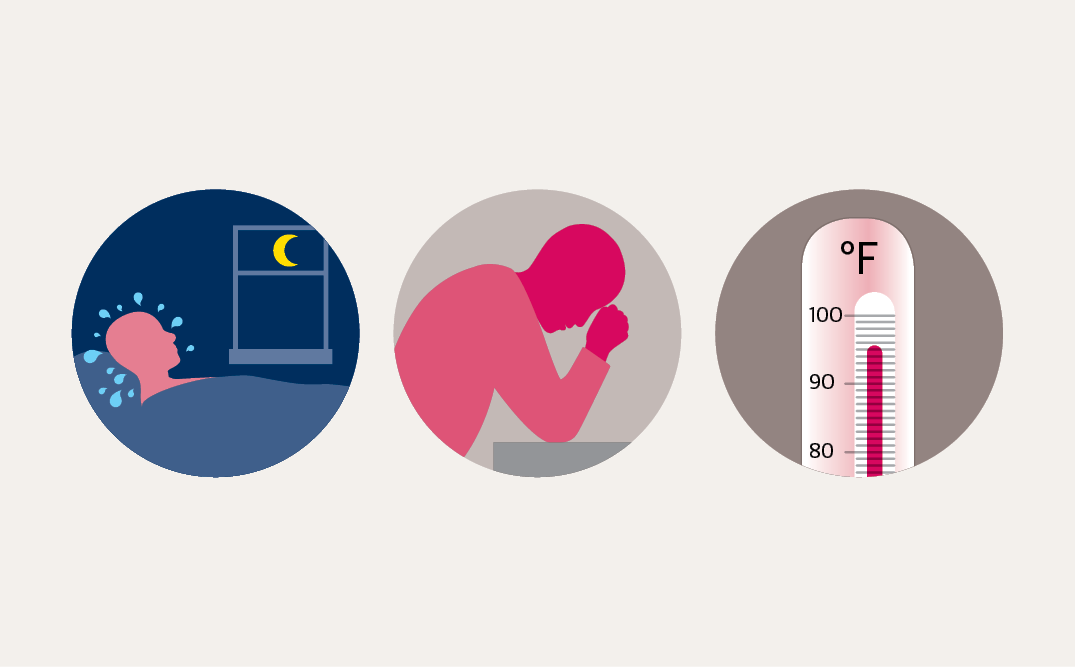
Treatment
There is currently no cure or effective vaccine for HIV. Treatment consists of HAART (highly active antiretroviral) therapy which slows the progression of the disease. Treatment also includes the treatment and prevention of opportunistic infections. Talking to your doctor and cooperating with treatment regimen can significantly improve quality of life and reduce impact of virus.
Prevention
Avoid unprotected sexual intercourse. Consistent use of condoms reduces the risk of HIV transmission by approximately 80% over the long term. Male circumcision is also beneficial in reducing the risk of transmission. Combination of antiviral medication in pregnancy, while breastfeeding and use of feeding bottles can also prevent mother child transmission.

- Umar Adegoke, MD.



